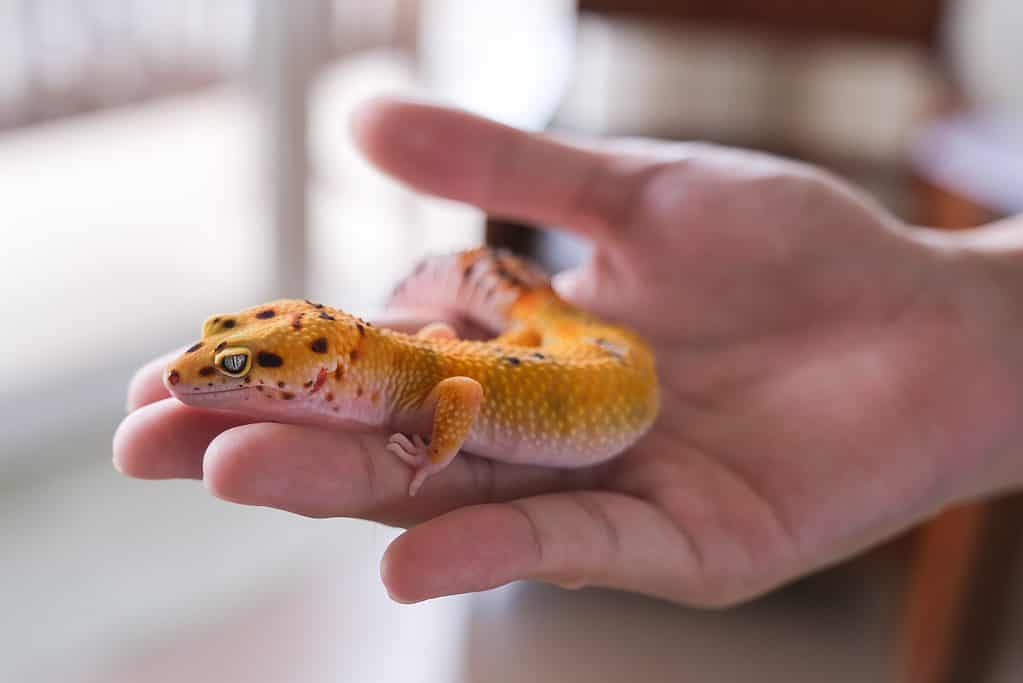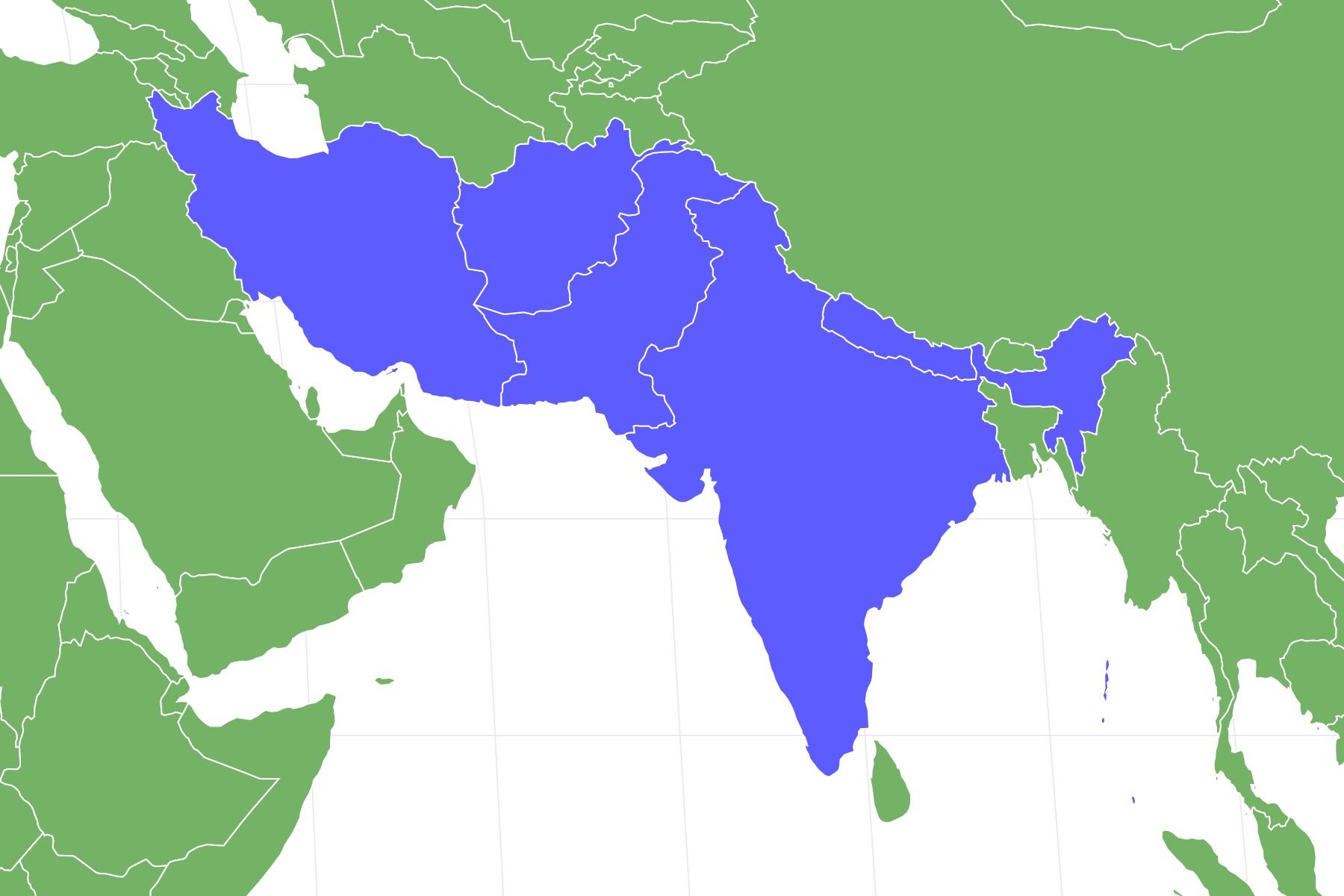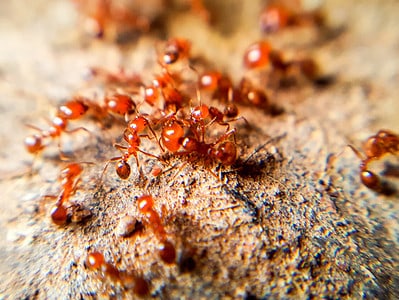Tangerine Leopard Gecko
Eublepharis macularius
Unlike most geckos, tangerine leopard geckos have movable eyelids.
Advertisement
Tangerine Leopard Gecko Scientific Classification
- Kingdom
- Animalia
- Phylum
- Chordata
- Class
- Reptilia
- Order
- Squamata
- Family
- Eublepharidae
- Genus
- Eublepharis
- Scientific Name
- Eublepharis macularius
Read our Complete Guide to Classification of Animals.
Tangerine Leopard Gecko Conservation Status
Tangerine Leopard Gecko Facts
- Prey
- spiders, scorpions, crickets, waxworms, mealworms
- Name Of Young
- Hatchling
- Group Behavior
- Solitary
- Solitary except during mating season
- Fun Fact
- Unlike most geckos, tangerine leopard geckos have movable eyelids.
- Most Distinctive Feature
- Orange body color
View all of the Tangerine Leopard Gecko images!
“The tangerine leopard gecko is one of the most popular pet leopard gecko morphs.“
These popular lizards are small, cute, and do really silly things that endear them to their owners. Leopard geckos are considered one of the first pet lizards and were originally exported as pets in the 1960s.
Incredible Tangerine Leopard Gecko Facts
- Tangerine leopard geckos are delightfully ”derpy” and do silly things, sleep in odd positions, and make their owners laugh.
- These lizards shed in patches, and when they first shed their skin is white before it turns orange again.
- Leopard geckos are easy going and docile and make great beginner lizards.
Tangerine Leopard Gecko Scientific Name and Classification
Tangerine leopard geckos are a color morph of the common leopard gecko. This species is a member of the Eublepharidae family, which contains 43 species spread across six genera. Geckos in this family don’t have sticky toepads and have moveable eyelids – unlike the other geckos.
Eublepharis, their generic name, is a combination of two greek words: eu, meaning good, and blapharos, which means eyelid. In other words, geckos in this genus have “good eyelids.” These eyelids are the primary difference between these and other geckos. The specific name of macularius means spotted and refers to the normal leopard gecko spotted pattern.
Identifying Tangerine Leopard Geckos: Appearance

A typical tangerine leopard gecko morph has a bright orange back that varies in the particular shade of orange.
©Nana Margono/Shutterstock.com
Tangerine leopard geckos measure between 7 and 11 inches as adults. The males are bigger and heavier than females. Normally patterned leopard geckos vary from yellow to brownish-orange base color with spots over most of their backs. This species has a very thick tail that holds fatty reserves, used when prey is scarce.
While it’s difficult to accurately determine the sex of a juvenile gecko, these lizards exhibit noticable sexual dimorphism as adults. To determine the sex of an adult, look at its belly. Males have hemipenal bulges and pre-anal pores, while the females have smaller pores and no bulges.
A typical tangerine leopard gecko morph has a bright orange back that varies in the particular shade of orange, with either spots or stripes on its tail. Many individuals have at least some spots, and a light-colored belly.
Evolution and Natural History
Geckos inhabit every continent except Antarctica. The largest group of lizards, the Gekkonidae family, contains over 1,850 different species. Just like other reptiles, they’re ectothermic and obtain the warmth they need for biological functions from their habitat.
Scientists believe that several lizard species from the late Jurassic are early geckos. Eichstaettisaurus, from the Late Jurassic in Germany, is the most well-supported. In addition, the Early Cretaceous in Mongolia has Norellius placed as a close relative. However, the oldest known modern gecko fossils came from the mid-Cretaceous period in Burmese amber found in Myanmar. These are about 100 million years old, and they have adhesive pads similar to those of many living gecko species.
The evidence found about geckos worldwide shows that they evolved and lost their “sticky toes” several times throughout history.
Tangerine leopard geckos are the result of dedicated breeding to concentrate the orange colors naturally present in many leopard geckos. The tangerine trait is polygenic, meaning that many genes influence its expression. In polygenic traits, it’s nearly impossible to determine exactly what each gene will do in the final tally.
Tangerine Leopard Gecko Behavior
Wild leopard geckos are typically nocturnal or crepuscular and avoid the heat of the day. They take shelter in burrows and crevices created by rocky outcrops common in their habitat. These lizards are terrestrial and don’t climb much – leopard geckos much prefer staying on or under the ground.
There’s limited evidence that wild leopard geckos form loose colonies. However, those geckos have the ability to get some space by simply leaving. Leopard geckos in captivity don’t have the same opportunity.
Housing a tangerine leopard gecko is best done singly unless you have a lot of room for them to spread out and create their own territory. That means you’ll have to have a hot and cool hide for each gecko, and housing two males is usually a bad idea. Males are territorial and they will fight, sometimes causing injuries that will leave one or both without tails. If you must keep multiple leos together, two females is safest as long as they have enough space and are roughly the same size.
As far as placing male and female together, only do so if you want babies! Females can produce eggs up to eight times per mating season. The more they mate, the more stress it will cause the female and eventually shorten her lifespan.
Although they don’t generally enjoy handling, this species is typically very docile. Their bright oranges make tangerine leopard geckos one of the most popular morphs.
Tangerine Leopard Gecko Habitat
To keep your tangerine leopard gecko happy and healthy, it’s best to replicate their natural habitat as closely as possible.
Wild leopard geckos inhabit dry rocky areas with sparse grassland, and desert habitats of Afghanistan, Pakistan, western Nepal, northwest India, and some areas of Iran. They prefer clay or sandy soils and rocky areas with natural caves and crevices for shelter.
In captivity, its fairly easy to replicate their habitat by offering multiple caves for your tangerine leopard gecko. These lizards also benefit from having different platforms to explore. Platforms should never be so high that a gecko can be harmed by a fall, or by getting too close heating elements. However, different elevations give them more floor space.
Like many reptiles, tangerine leopard geckos need a hot basking spot, a warm zone, and a cool side. This allows them to thermoregulate in whatever way they need in order to provide digestion support and explore or rest.
Tangerine Leopard Gecko Diet
Like other geckos, tangerine leopard geckos are insectivores. They love crickets, waxworms, and mealworms. Wild leopard geckos’ diet is more varied, and they’ll consume spiders, centipedes, scorpions, and sometimes smaller lizards. These lizards do not eat vegetable or fruit matter and their bodies cannot digest it.
While geckos out in the wild eat all manner of insects, this doesn’t mean that you should feed your gecko captured flies. Sometimes these insects carry diseases that your gecko can catch, so it’s best to either purchase commercially raised feeders or raise the feeders yourself.
Predators, Threats, Conservation, and Population
This species is a predator in the wild, but it’s also prey. That means its reactions can run the line between two extremes. Wild leopard geckos fall prey to a host of larger carnivores. Anything bigger than them is a possible threat – owls, foxes, snakes, bigger lizards, etc.
The IUCN Redlist of Threatened Species considers the common leopard gecko a species of ”least concern,” as they have a stable population and wide distribution.
Tangerine Leopard Gecko Reproduction, Babies, and Lifespan
Leopard geckos in the wild and in captivity breed easily as long as they have enough food and the proper habitat. This species can live 15-20 years, and generally becomes sexually mature after a year or two. Sexual maturity in reptiles is usually defined by size and development rather than age, so it can vary widely. For example, a particularly “lean” year of food can make reptiles delay breeding until the following year.
Females in the wild can lay several clutches of one or two eggs during the breeding season. The eggs hatch after incubating for about a month. This is also true of tangerine leopard geckos in captivity. However, responsible breeders limit the number of clutches females lay to reduce the stress on their bodies.
Next Up
View all 133 animals that start with TTangerine Leopard Gecko FAQs (Frequently Asked Questions)
Where can you get a tangerine leopard gecko?
This morph is one of the most popular, and it’s readily available from breeders.
What do tangerine leopard geckos eat?
All geckos are insectivorous and prey on various arthropods like spiders, larvae, and crickets. In captivity, tangerine leopard geckos usually eat crickets, mealworms, and waxworms.
Are leopard geckos good pets?
Yes! They’re considered one of the best beginner lizards because their habitats are easy to maintain.
Are leopard geckos aggressive?
They can be skittish and defensive but are not usually aggressive.
Thank you for reading! Have some feedback for us? Contact the AZ Animals editorial team.
Sources
- BD Editors, Polygenic Traits, Biology Dictionary, Available here: https://biologydictionary.net/polygenic-traits/
- Agarwal I, Bauer AM, Gamble T, Giri VB, Jablonski D, Khandekar A, Mohapatra PP, Masroor R, Mishra A, Ramakrishnan U. The evolutionary history of an accidental model organism, the leopard gecko Eublepharis macularius (Squamata: Eublepharidae). Mol Phylogenet Evol. 2022 Mar;168:107414. doi: 10.1016/j.ympev.2022.107414. Epub 2022 Jan 12. PMID: 35032646., Available here: https://pubmed.ncbi.nlm.nih.gov/35032646/
- Papenfuss, T., Shafiei Bafti, S. & Sharifi, M. 2021. Eublepharis macularius. The IUCN Red List of Threatened Species 2021: e.T164745A1072324. https://dx.doi.org/10.2305/IUCN.UK.2021-3.RLTS.T164745A1072324.en. Accessed on 08 December 2022., Available here: https://www.iucnredlist.org/species/164745/1072324

















